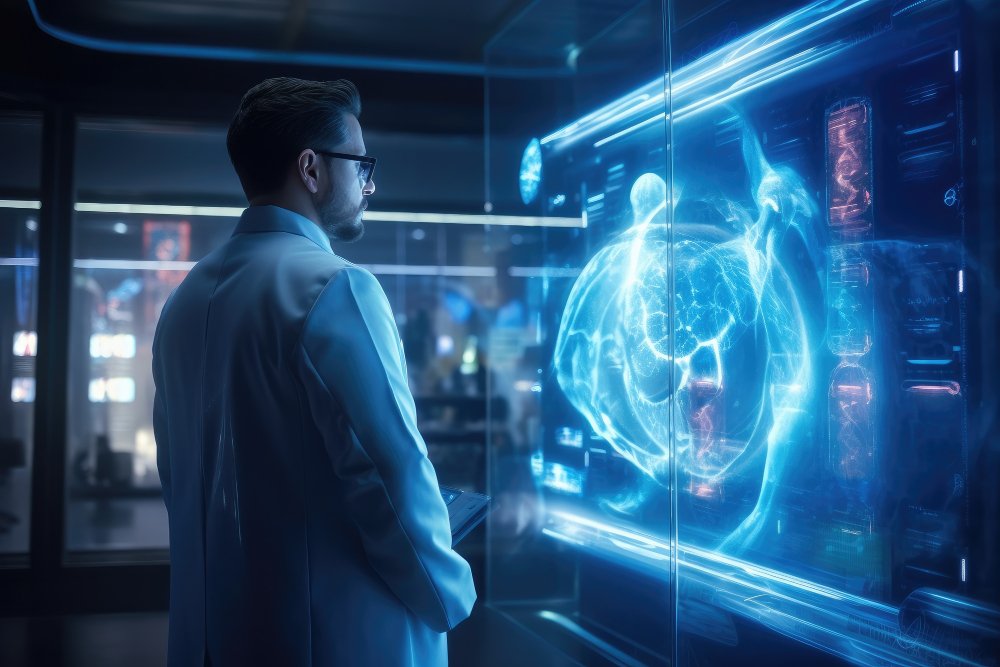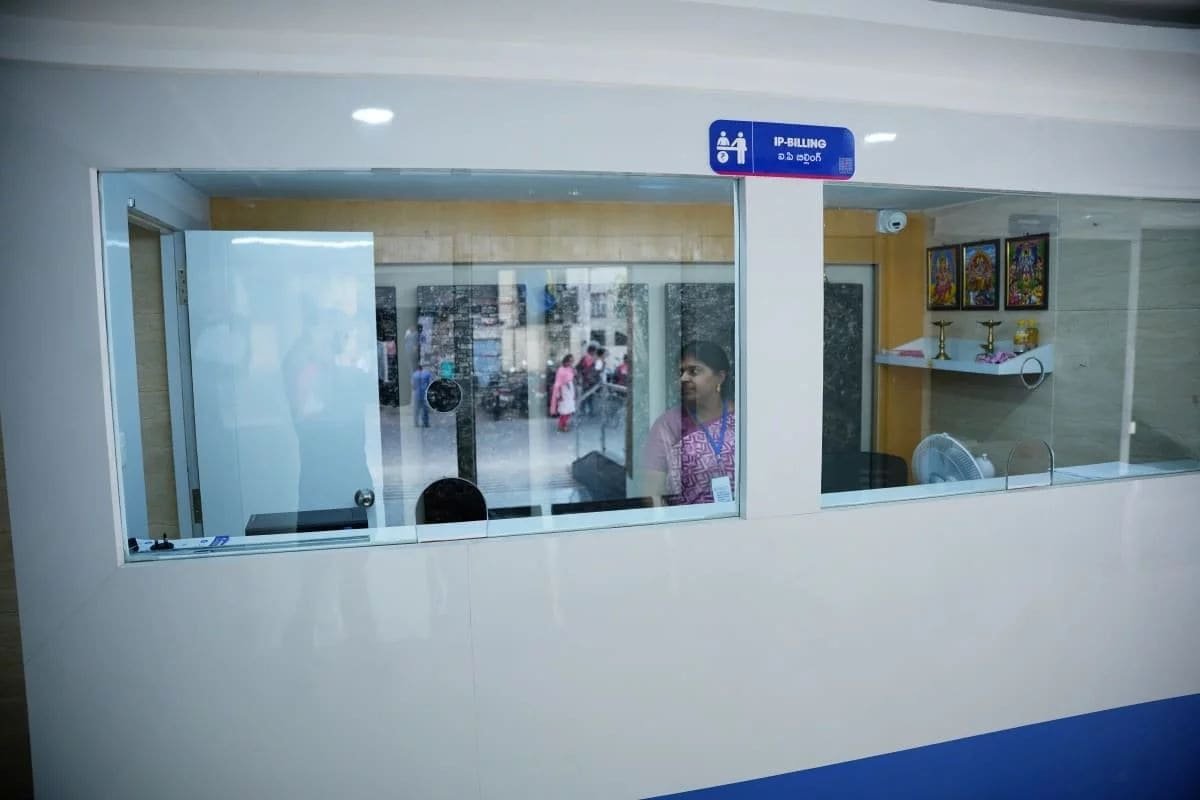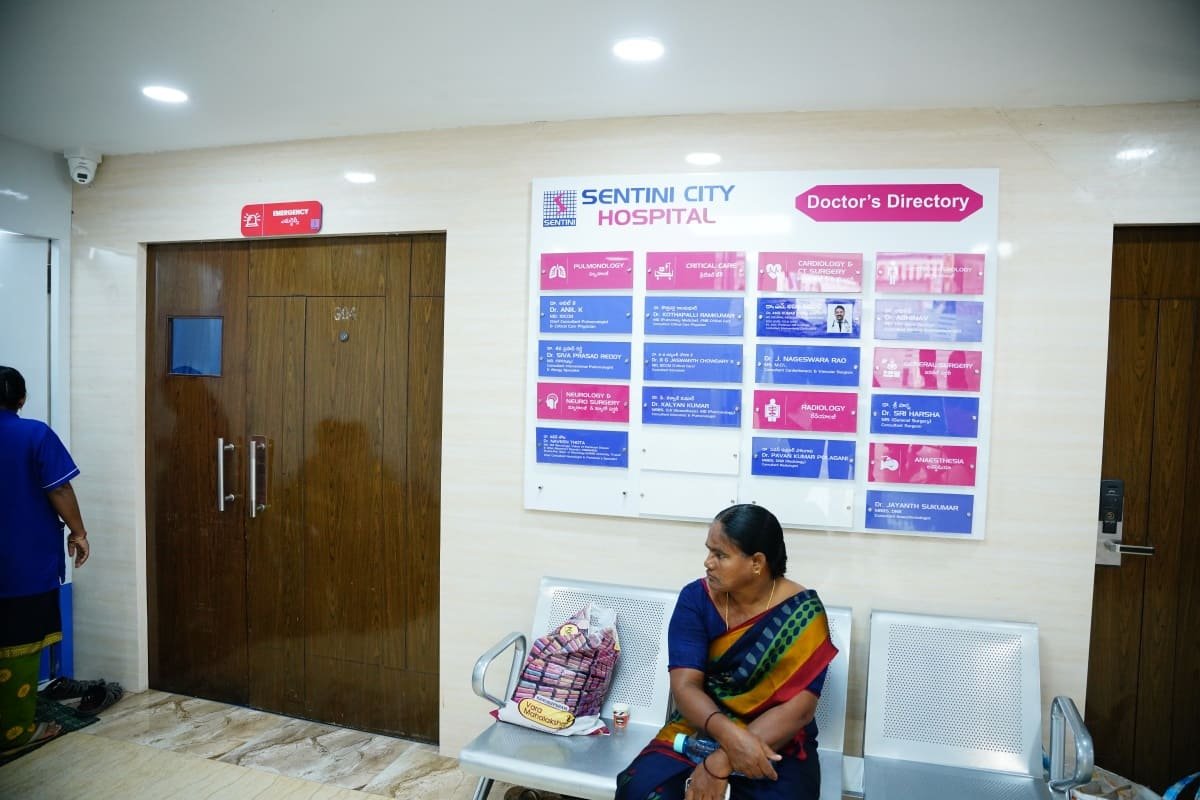The Future of Heart Health: Emerging Technologies in Cardiac Care
Wearable Heart Monitors
One of the most exciting developments in cardiac care is the rise of wearable heart monitors. These devices, often worn on the wrist or chest, allow for continuous monitoring of heart activity. They can track metrics such as heart rate, heart rhythm, and even blood pressure.
- Smartwatches: Devices like the Apple Watch and Fitbit have integrated heart rate monitors that can detect irregular heart rhythms, such as atrial fibrillation (AFib). These wearables provide users with real-time data and alerts, enabling early detection of potential heart issues.
- Patch Monitors: These are small, adhesive devices worn on the chest that provide continuous monitoring over several days or weeks. They can capture more detailed data than standard electrocardiograms (ECGs) and are used to diagnose arrhythmias and other heart conditions.
Artificial Intelligence and Machine Learning
Artificial intelligence (AI) and machine learning are revolutionizing cardiac care by improving diagnostics and treatment planning.
- AI-Driven Diagnostics: Machine learning algorithms can analyze large datasets of heart-related information, identifying patterns and anomalies that may be missed by human clinicians. This helps in early detection of heart diseases and personalized treatment plans.
- Predictive Analytics: AI can predict patient outcomes by analyzing historical data and identifying risk factors. This allows healthcare providers to intervene earlier and tailor treatment strategies to individual patients.
Remote Patient Monitoring
Remote patient monitoring (RPM) technologies are transforming how healthcare providers manage chronic heart conditions.
- Telemedicine: Patients can now consult with cardiologists from the comfort of their homes through video conferencing. This improves access to care, especially for those in remote or underserved areas.
- Home Monitoring Devices: Devices that measure blood pressure, weight, and other vital signs can transmit data to healthcare providers in real-time. This continuous flow of information helps clinicians make informed decisions about treatment adjustments.
Advanced Imaging Techniques
Innovations in imaging technology are enhancing our ability to diagnose and treat heart diseases.
- 3D Echocardiography: This advanced form of ultrasound provides detailed images of the heart's structure and function, aiding in the diagnosis of complex heart conditions.
- Cardiac MRI: Magnetic resonance imaging (MRI) offers high-resolution images of the heart, allowing for precise assessment of heart muscle and tissue. It is invaluable for diagnosing conditions like cardiomyopathy and congenital heart disease.
Minimally Invasive Procedures
Advancements in medical technology have led to the development of minimally invasive procedures that reduce recovery times and improve outcomes.
- Transcatheter Aortic Valve Replacement (TAVR): This procedure allows doctors to replace a damaged heart valve without open-heart surgery. It involves threading a new valve through a catheter, which is inserted through a small incision in the leg.
- Robotic-Assisted Surgery: Robots assist surgeons in performing precise, minimally invasive heart surgeries. These procedures result in smaller incisions, less pain, and quicker recovery for patients.
Personalized Medicine
Personalized medicine is tailoring treatment to an individual's genetic makeup, lifestyle, and environment.
- Genetic Testing: By analyzing a patient's genetic profile, doctors can identify specific risk factors for heart disease and develop customized treatment plans. This approach enhances the effectiveness of interventions and reduces side effects.
- Pharmacogenomics: This field studies how genes affect a person's response to drugs. Understanding these interactions allows doctors to prescribe medications that are most effective for each patient, minimizing adverse reactions.
The Role of Big Data
Big data is playing a crucial role in advancing cardiac care by providing insights into patient populations and treatment outcomes.
- Data Integration: By combining data from various sources, including electronic health records (EHRs), wearables, and clinical trials, healthcare providers can gain a comprehensive understanding of heart health trends and risk factors.
- Outcome Analysis: Big data analytics helps identify the most effective treatments and interventions, guiding clinical decision-making and improving patient outcomes.
Challenges and Considerations
While these technologies offer significant promise, there are challenges and considerations to keep in mind:
- Data Privacy: With the increase in data collection from wearables and remote monitoring devices, ensuring patient privacy and data security is paramount.
- Cost and Accessibility: The high cost of some advanced technologies may limit accessibility for certain populations. Efforts must be made to ensure equitable access to these innovations.
- Integration with Healthcare Systems: Seamlessly integrating new technologies with existing healthcare systems and workflows can be challenging but is crucial for maximizing their benefits.
The Future of Cardiac Care
The future of cardiac care is bright, with emerging technologies offering new hope for patients and healthcare providers alike. As these innovations continue to evolve, they will likely lead to earlier diagnoses, more effective treatments, and improved quality of life for individuals with heart conditions.
Embracing these advancements requires collaboration among healthcare professionals, researchers, technology developers, and policymakers. By working together, we can ensure that the benefits of these technologies are realized for all patients, paving the way for a healthier future.








